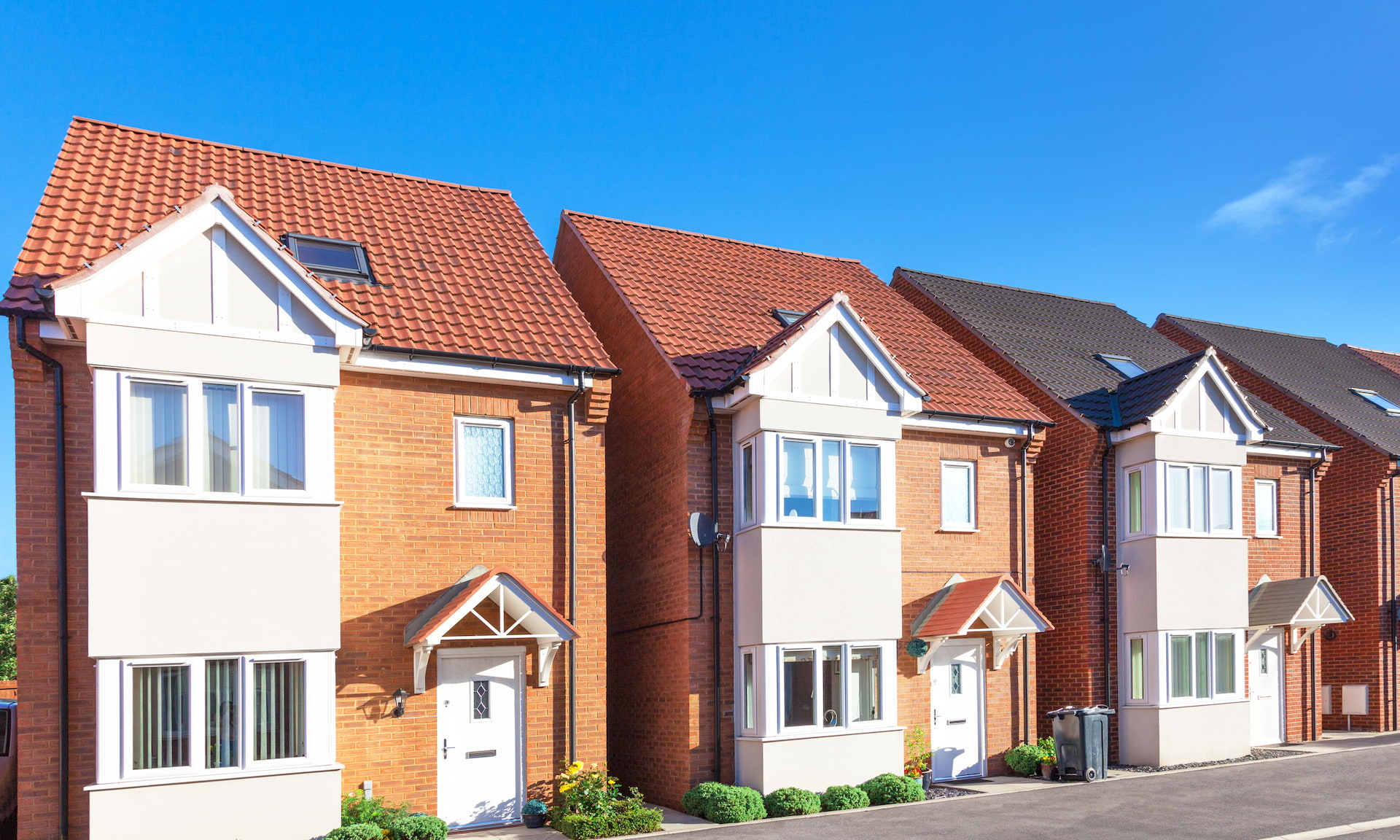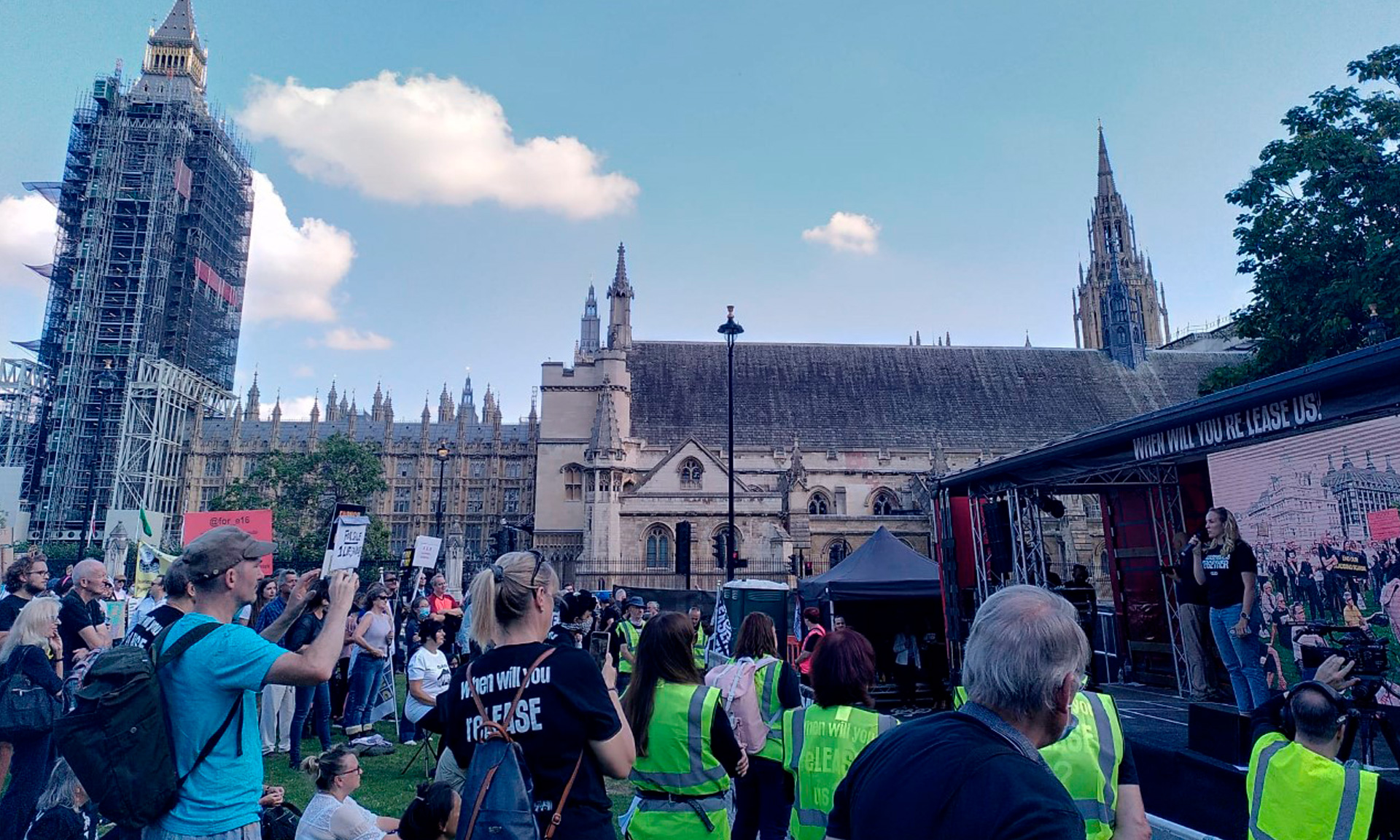
The rates on 10-year fixed-rate mortgages have dropped to the lowest on record, but is it ever a good idea to lock your deal in for a decade?
Lenders are increasingly looking to tempt homebuyers and remortgagers to take out longer-term deals, but borrowers could be hit by high costs if they choose unwisely.
Here, Which? explains the pros and cons of taking out a 10-year fix, and offers advice on choosing the right mortgage term.
Why are 10-year deals so cheap now?
Data from Moneyfacts shows that the average rate on a 10-year fixed-rate mortgage fell to 2.76% in November – the lowest figure on record and down 0.32% in the space of a year.
This price drop has been prompted by eight more lenders launching decade-long fixes, resulting in the number of deals rising from 101 to 158 in the space of 18 months.
Cheapest rates on 10-year fixes
10-year fixes are available at most loan-to-value (LTV) levels, though the smaller the deposit you have, the fewer products you’ll find.
The cheapest rates for borrowers with bigger deposits are very competitive, but some of the best deals are only available to people looking to remortgage.
As you can see in the table below, it’s possible to get a decade-long fix with a rate of just 2.2% if you have a deposit of at least 35%.
Cheapest rates across LTV levels
| LTV | Available to | Lender | Initial rate | Revert rate | Fees |
| 65% | Remortgagers | Chelsea Building Society | 2.2% | 4.99% | £795 |
| 50% | Buyers & remortgagers | Coventry Building Society | 2.2% | 4.74% | £999 |
| 65% | Remortgagers | Yorkshire Building Society | 2.2% | 4.99% | £795 |
| 60% | Home-movers | Halifax | 2.22% | 4.24% | £995 |
| 60% | Everyone | TSB | 2.24% | 4.24% | £995 |
Source: Moneyfacts. 2 December 2019.
Best 10-year rates for buyers with smaller deposits
This isn’t to say you should avoid a 10-year fix if you’ve got a slightly smaller deposit, as rates are competitive at both 75% and 85% LTV.
At 90% and above, however, rates are significantly higher than shorter fixed periods.
Borrowers with a 10% deposit can get an initial rate of below 3% on a 10-year fix, though this is considerably higher than the 2.2% you can get on an equivalent five-year fix.
Things get significantly more expensive if you’ve only got a 5% deposit.
At 95% LTV, the only lender in the market is TSB – and its rate of 4.09% is considerably higher than the 2.75% you can get on a five-year fix.
Cheapest rates: 75% to 95% LTV
| LTV | Available to: | Lender | Initial rate | Revert rate | Fees |
| 75% | Home-movers | Halifax | 2.27% | 4.24% | £999 |
| 85% | Everyone | Yorkshire Building Society | 2.49% | 4.99% | £495 |
| 90% | Everyone | Newcastle Building Society | 2.85% | 5.99% | £999 |
| 95% | Buyers only (no remortgagers) | TSB | 4.09% | 4.24% | None |
Source: Moneyfacts. 2 December 2019.
Pros and cons of 10-year fixes
Right now, 10-year fixes are steadily increasing in popularity, but this is still a developing market, especially for borrowers with smaller deposits.
10-year fixes provide rate security for the longer term, and locking in a deal while rates remain cheap can be a sensible move.
The big attraction of such a long-term fix is that it protects you against any future rises in the Bank of England base rate, which is currently just 0.75%.
There are, however, a couple of big drawbacks you’ll need to consider.
Early repayment charges
First of all, the penalties if you need to repay your mortgage early can run to thousands of pounds.
The market-leading deal we listed earlier from Chelsea Building Society has the following early repayment charges (ERCs).
| Year | Early repayment charge |
| 1-4 | 5% |
| 5-6 | 4% |
| 7-8 | 3% |
| 9 | 2.5% |
| 10 | 1.5% |
Some 10-year deals come with even higher ERCs of up to 7% for the first four years.
On a £200,000 mortgage, an ERC of 7% would mean handing over £14,000 to end your deal early.
So you need to think carefully about your circumstances before taking out such a long-term product.
If there’s any chance you might want to move during the term, either choose a shorter fixed term or ensure you get a mortgage that can be ported to your new home.
Cheaper five-year fixes
The second reason to consider avoiding a 10-year fix is that five-year deals are also falling in cost, and offer greater flexibility.
These mortgages have grown significantly in popularity over the past couple of years, with around 1,900 products now on the market.
Five-year fixes have become more attractive as homeowners increasingly look to stay put for longer and lock in a great rate amid economic uncertainty.
As with 10-year deals, they can come with high ERCs of up to 5% in the first year.
The graph below shows how the average cost of a five-year fix has dropped over the last two years.
Could you fix for even longer?
It’s now possible to fix your mortgage rate for even longer than a decade.
Earlier this year, Virgin Money caused a stir by announcing a range of 15-year fixed-rate mortgages, and Accord and Yorkshire Building Society have since followed suit.
Virgin offers the cheapest rate of 2.55% at 65% LTV (£995 fee) and the best rate for borrowers with small deposits – 3.45% at 90% LTV (£995 fee).
Again, the big stumbling block with these deals comes in the shape of early repayment charges.
Virgin charges 8% of the balance in years 1-5 and 7% in years 6-10, so you’ll need to be sure your circumstances won’t change before tying yourself in.
Choosing the right mortgage term
Two-year and five-year fixes are by far the most common types of mortgage, with 83% of the 4,645 fixed-rate deals currently on the market fitting into these categories.
There are plenty of niche products out there, though. As well as 10 and 15-year fixes, it’s possible to fix for three, seven or eight years.
Here’s a brief guide to different mortgage terms:
Two-year fix
Five-year fix
10 or 15-year fix
Find out more: how to find the best mortgage deals



